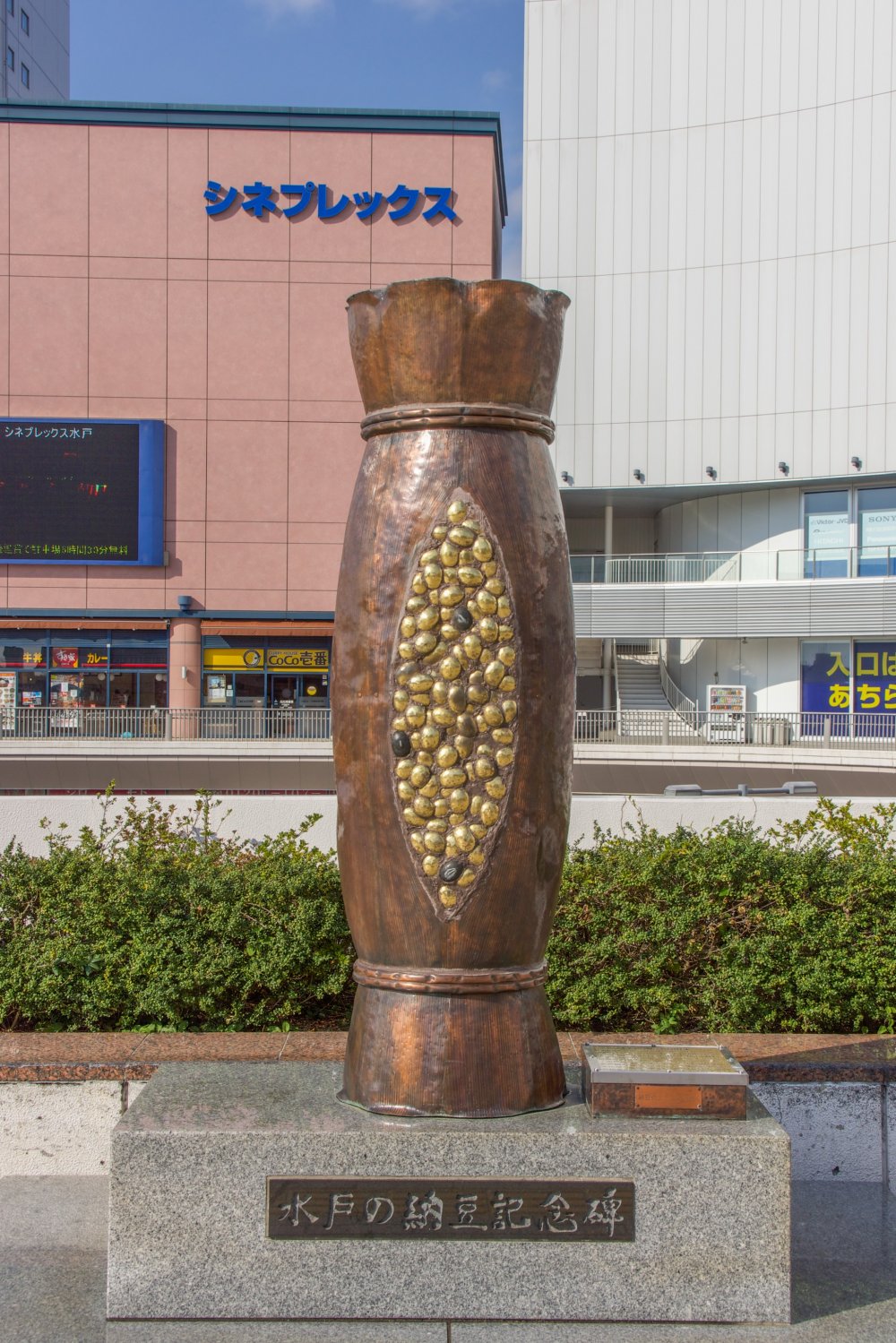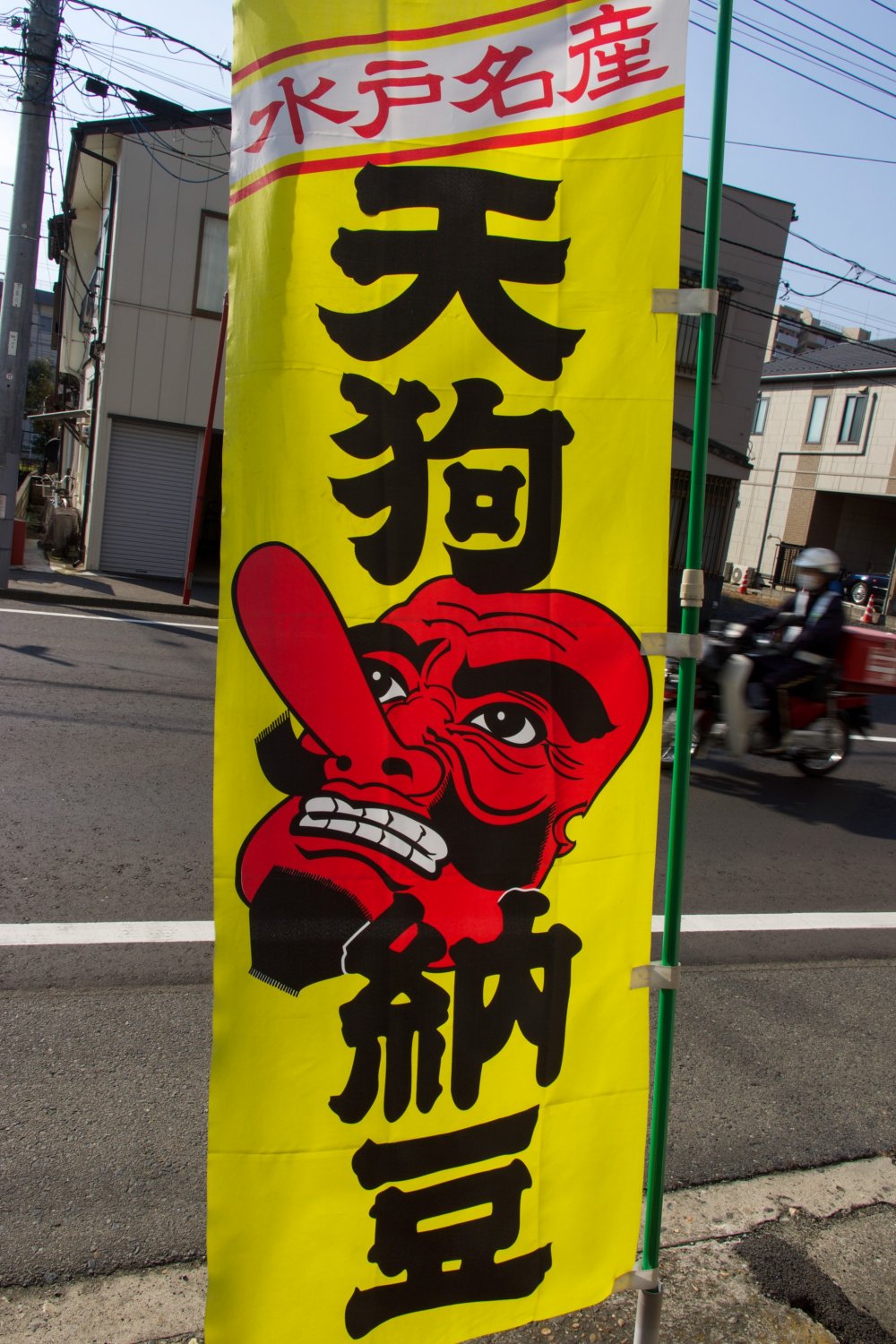Natto is fermented soybeans and it is very popular amongst Japanese people. Natto can be enjoyed at any time of day. It has a stringy texture and a distinct (some foreigners might even say “unpleasant”) smell. It is usually paired with tare, which is a type of soysauce, and karashi, or mustard, and eaten with boiled rice.
No one knows the origin of natto. Some sources say that natto was first enjoyed during Shotoku Taishi’s era (574 – 622 AD). Other sources state that Hachiman Taro Yoshiee of the Minamoto clan (1039 – 1106AD) was the first to discover natto. Even though we do not know when natto was found or by whom, it is believed that natto was made by accident.
The process to make natto is long. Before refrigerators and other machinery, natto took about four to five days to make. Traditionally, the soybeans were be boiled until they became soft. Then all the water was drained and the beans were placed into straw, or wara, bundles. The key to making natto is natto-kin, otherwise known as natto bacteria. This is a probiotic found in straw. This is why the boiled soybeans were placed into the straw bundles, to start the fermentation process. A hole was then dug and warmed with fire. This was necessary so that the warmth would awaken the bacteria after the straw bundles were placed in the hole. The straw bundles were then left to cool down and to allow the fermentation take place. Since the fermentation process requires a cold temperature, in the days before refrigerators, natto was made outside during winter. After several days, it was ready to eat as a tasty and healthy winter dish.















































